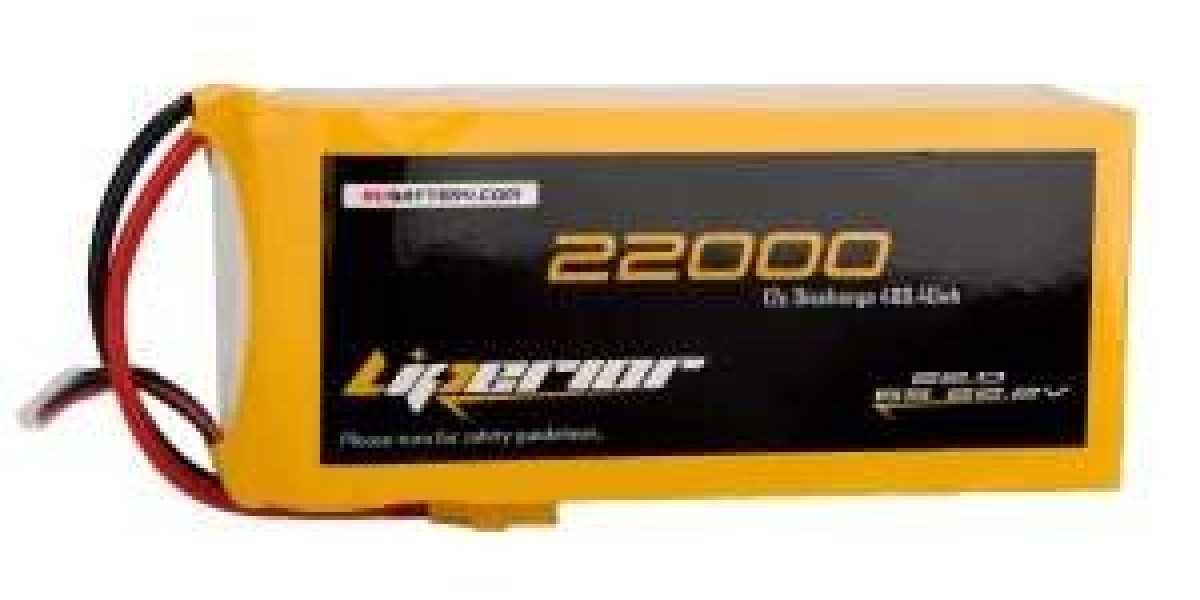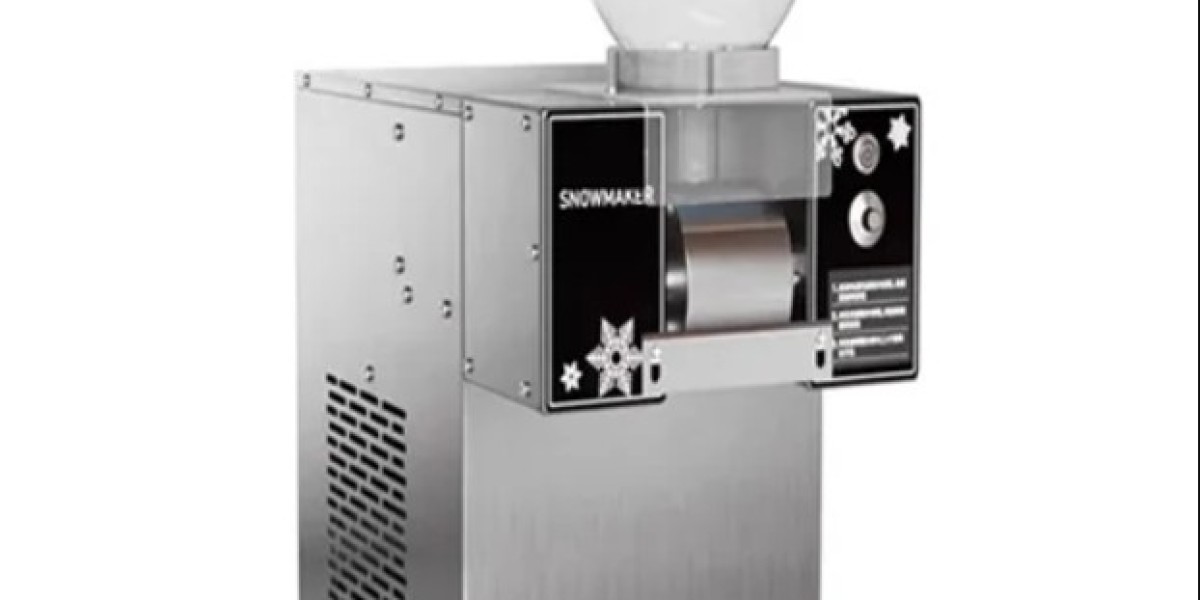Introduction:
As the popularity of drones continues to soar, ensuring a seamless and uninterrupted flying experience is crucial. One of the key factors that contribute to the performance and endurance of drones is the battery. Drone batteries play a critical role in providing power to the aircraft, allowing it to take to the skies and perform various tasks. In this article, we will explore the importance of drone batteries, their different types, and essential considerations to maximize their performance.
Understanding theImportance of Drone Batteries:
Drone batteries are the lifeblood of these unmanned aerial vehicles. They supply the necessary power to the motors, propellers, and other essential components, enabling the drone to fly and perform a wide range of functions. The quality and capacity of the battery directly impact flight time, speed, and overall performance. Choosing the right drone battery is crucial to ensure a reliable and efficient flight experience.
Different Types of Drone Batteries:
a. Lithium Polymer (LiPo) Batteries: LiPo batteries are the most common type of batteries used in drones. They are lightweight, compact, and provide high energy density, making them ideal for small and medium-sized drones. LiPo batteries offer excellent discharge rates and can deliver the required power for agile maneuvers and extended flight times.
b. Lithium-ion (Li-ion) Batteries: Li-ion batteries are commonly used in consumer electronics and have also found their way into some drones. They offer a higher energy density compared to LiPo batteries, resulting in longer flight times. However, Li-ion batteries are typically heavier and larger than LiPo batteries, making them more suitable for larger drones.
Factors to Consider for Optimal Performance:
a. Battery Capacity: The capacity of the battery determines how long your drone can stay in the air. It is measured in milliampere-hours (mAh). Higher capacity batteries generally provide longer flight times. However, it's essential to consider the weight of the battery as it can affect the overall drone performance.
b. Voltage and Cell Count: The voltage of the battery is crucial in determining the motor's speed and the drone's performance. Drones can use batteries with different cell counts, typically ranging from 1S to 6S. Higher cell counts offer higher voltage output, resulting in increased motor power and faster flights.
c. Battery Discharge Rate: The discharge rate refers to how quickly the battery can release its energy. It is measured in "C" rating. Higher discharge rates allow for more demanding flight maneuvers and rapid acceleration. However, it's important to ensure that the drone's components, such as motors and ESCs, can handle the battery's discharge rate.
d. Battery Safety and Handling: Proper battery safety and handling are crucial to prevent accidents and extend the battery's lifespan. It's important to follow manufacturer guidelines for charging, storing, and transporting batteries. Avoid overcharging, excessive heat, and physical damage to maintain optimal battery performance.
Tips for Drone Battery Care and Maintenance:
a. Storage: Store drone batteries in a cool, dry place away from direct sunlight and extreme temperatures. Avoid storing them fully charged or fully discharged for extended periods.
b. Charging: Use a quality balance charger specifically designed for drone batteries. Follow the manufacturer's instructions for proper charging procedures and avoid overcharging.
c. Discharging: It's recommended to discharge the battery to a safe storage voltage after each flight session. This helps maintain the battery's health and prevents capacity degradation over time.
d. Battery Cycle Management: Keep track of the number of charging cycles your battery goes through. Over time, battery performance may degrade, and it may be necessary to replace older batteries for optimal performance.
Conclusion:
Drone batteries are essential components that power the flight and performance of these unmanned aerial vehicles. Understanding the different types of batteries and their key considerations is vital for maximizing flight time, efficiency, and reliability. By choosing the right battery, practicing proper care and maintenance, and adhering to safety guidelines, drone enthusiasts can ensure a seamless and enjoyable flying experience. Remember, the power is in your hands, or rather, in the battery that powers your drone.







